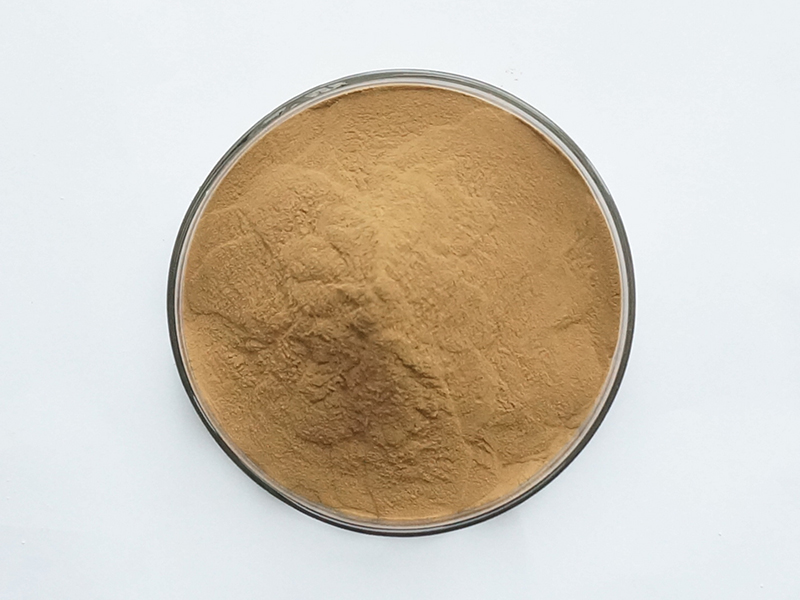Huperzine A is a naturally occurring alkaloid compound found in a particular species of club moss, Huperzia serrata, which is native to China and India. Here’s a breakdown of its origin, nature, and introduction:
Origin of Huperzine A:
- Natural Source: Huperzine A is derived from the Chinese club moss, Huperzia serrata, also known as Chinese club moss or toothed club moss.
- Traditional Use: In traditional Chinese medicine, extracts from this plant have been used for centuries to treat conditions such as fever and inflammation.

Nature of Huperzine A:
- Chemical Composition: Huperzine A is a sesquiterpene alkaloid and belongs to a class of compounds known as Lycopodium alkaloids.
- Properties: It is a potent inhibitor of acetylcholinesterase (AChE), an enzyme that breaks down acetylcholine in the brain. By inhibiting AChE, Huperzine A increases the levels of acetylcholine, which is crucial for cognitive function and memory.
Introduction of Huperzine A:
- Discovery: Huperzine A was first identified and isolated in the 1980s by Chinese scientists. They were investigating traditional medicines and identified this compound as a promising candidate for cognitive enhancement.
- Medical Use: Due to its ability to increase acetylcholine levels, Huperzine A gained attention as a potential treatment for Alzheimer’s disease and other forms of dementia.
- Supplement Market: Since the 1990s, Huperzine A has been widely marketed as a dietary supplement primarily for cognitive support and memory enhancement. It is available in various forms, including tablets and capsules.
Mechanism of Action of Huperzine A:
- Acetylcholinesterase Inhibition: By inhibiting AChE, Huperzine A prolongs the action of acetylcholine in the brain, enhancing synaptic transmission and potentially improving cognitive function.
- Neuroprotective Effects: It may also have neuroprotective properties, helping to protect neurons from damage and promoting overall brain health.

Safety and Usage of Huperzine A:
- Side Effects: Generally considered safe when used appropriately, but high doses can lead to adverse effects such as nausea, vomiting, sweating, and insomnia.
- Medical Applications: Besides Alzheimer’s disease, Huperzine A has been studied for its potential benefits in conditions like myasthenia gravis and age-related cognitive decline.
In conclusion, Huperzine A, derived from the Chinese club moss, is valued for its ability to enhance cognitive function by inhibiting acetylcholinesterase. Its introduction into modern medicine and as a dietary supplement has spurred research into its potential therapeutic applications and safety profile.
